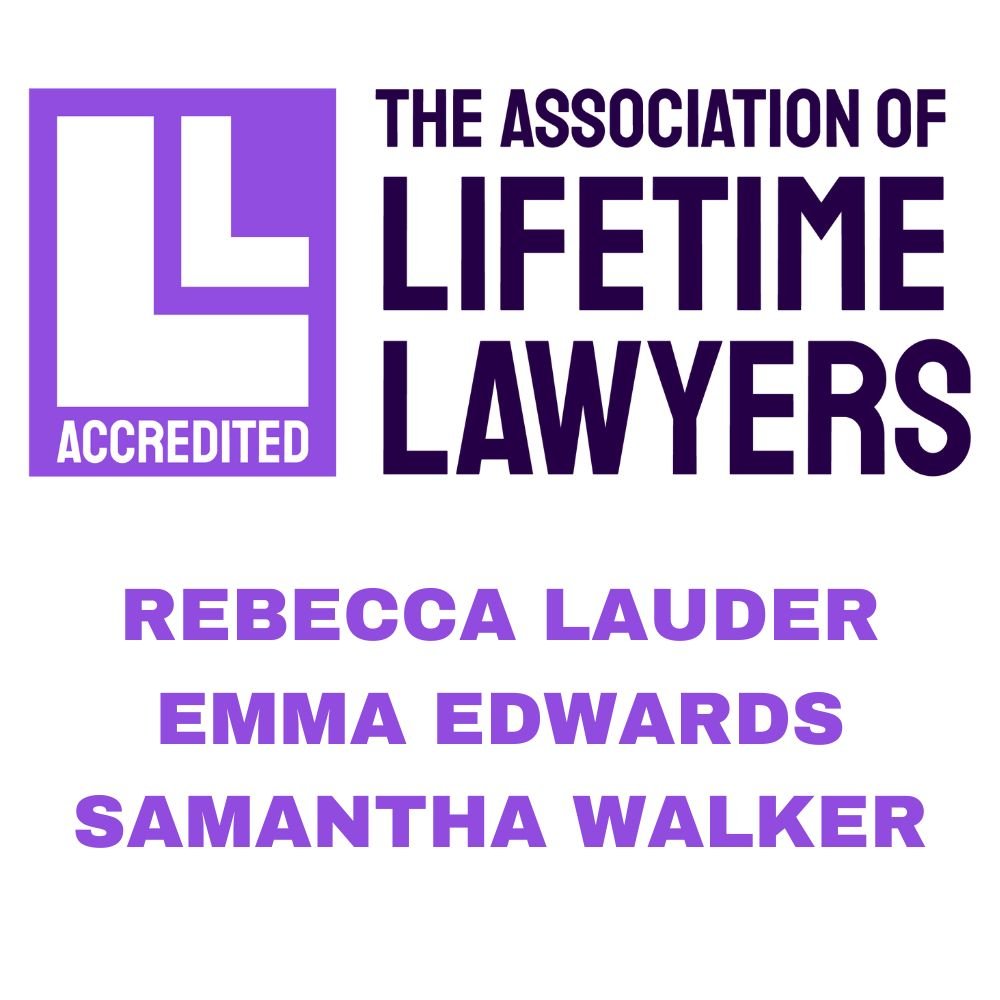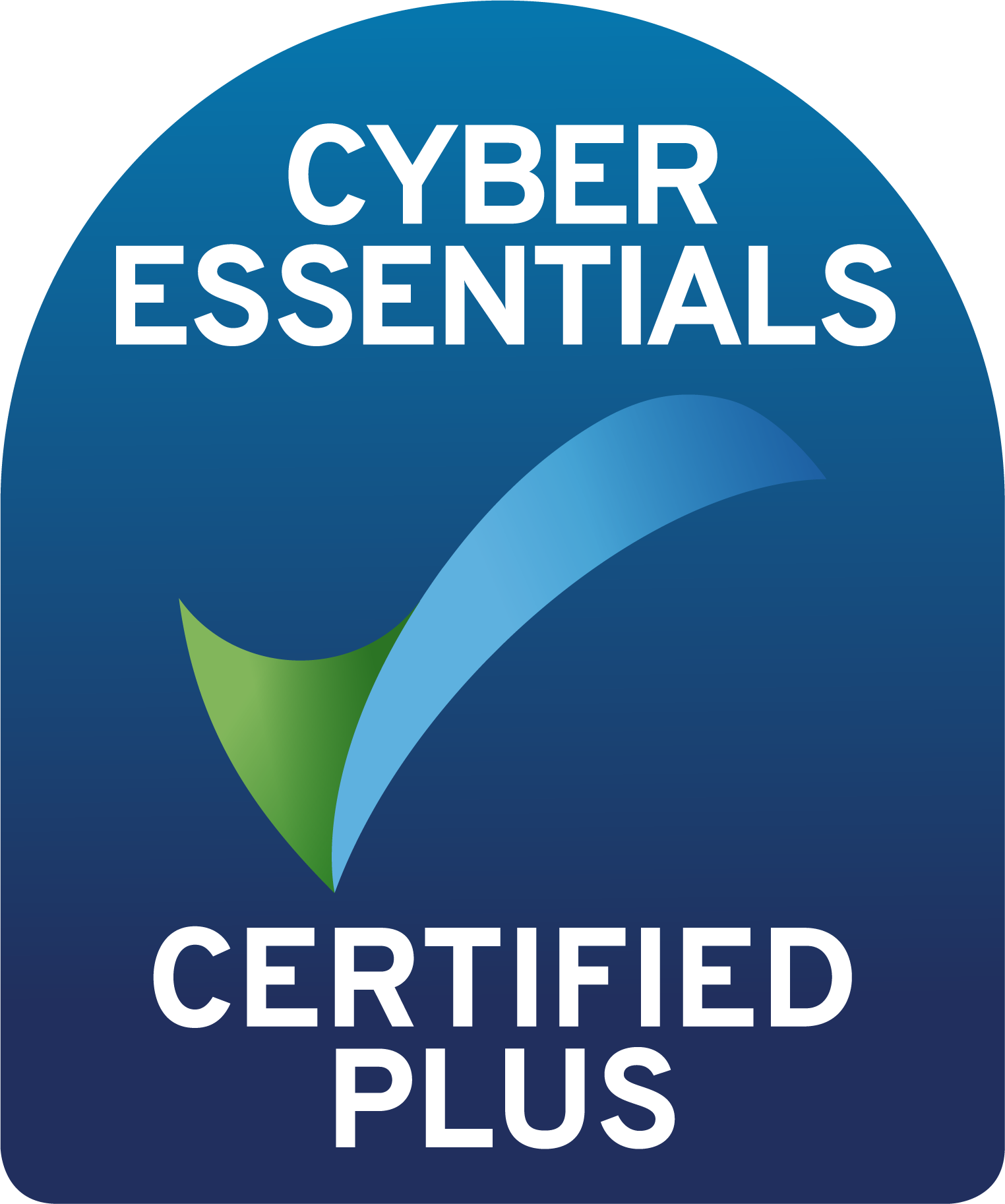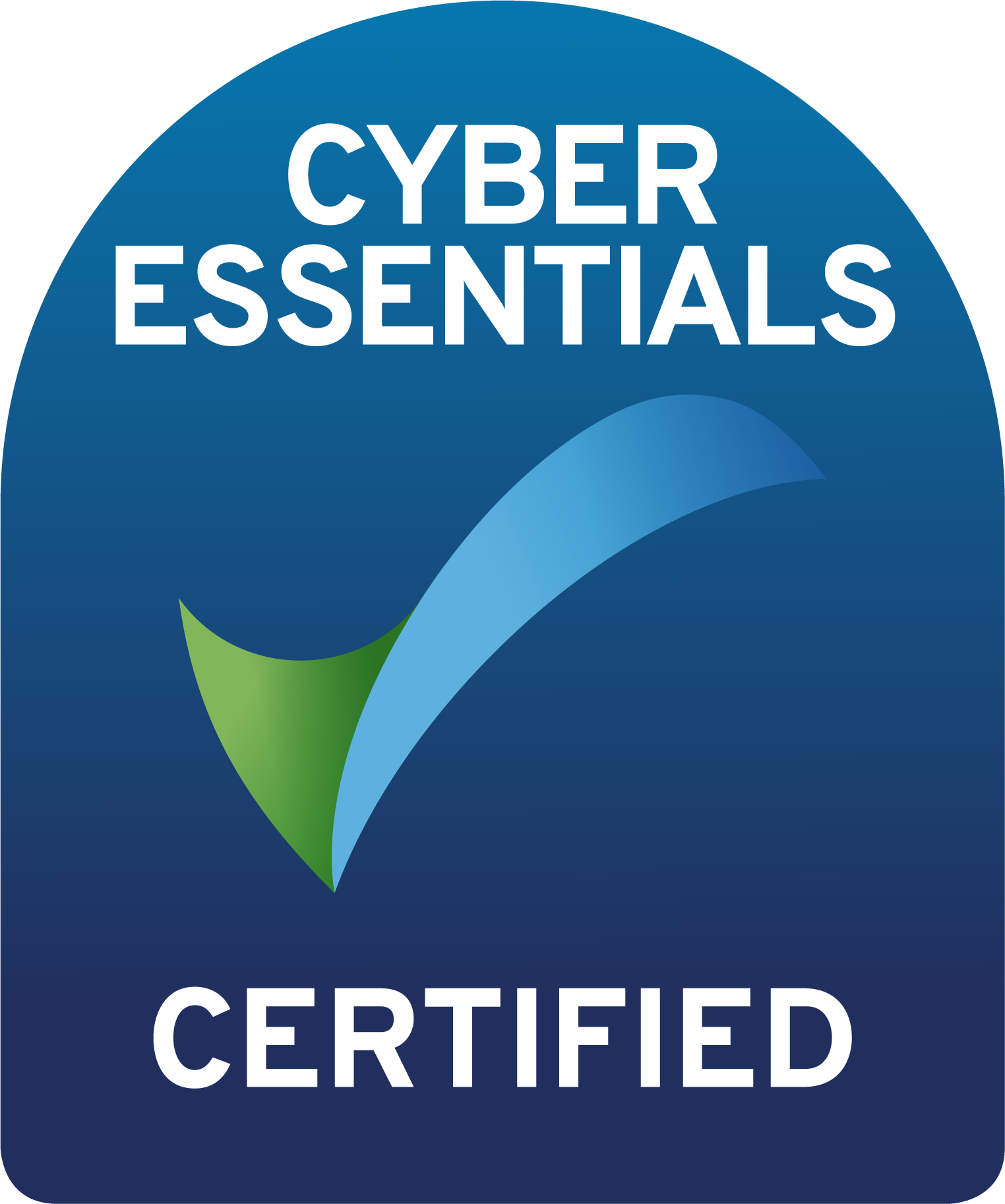For anyone purchasing a property, the presence of restrictive covenants can be problematic. They can potentially affect the use of the land after the purchase has been completed, which is why it’s so important to be able to identify and understand them up front.
Restrictive covenants – the basics
The purpose of a restrictive covenant is to restrict the use of the affected land. These covenants are essentially an agreement between two parties, one of whom makes the promise and the other one who benefits. The details of any restrictive covenants affecting a registered title are available via the Land Registry – copies of the documents that contain the covenants can be ordered directly. Restrictive covenants are attached to the land and not to the landowners who made the agreement. So, if land is sold then the restrictive covenant will pass with that land.
How are buyers affected by restrictive covenants?
If you unknowingly buy land that has a restrictive covenant attached to it you will still be bound by the terms of that covenant. Some examples of a restrictive covenant include not being able to carry out building works or put up fences. Buyers who breach restrictive covenants can find themselves facing some serious consequences including:
- An injunction that prevents you from taking whatever action you were intending to take that breaches the restrictive covenant (e.g. putting up a fence)
- An order that requires the results of completed work to be removed – for example, demolishing an extension that breaches a restrictive covenant.
- A claim for damages from the landowner who benefits from the restrictive covenant that results in a substantial amount of compensation that the party in breach of the covenant must pay.
Making a restrictive covenant
Restrictive covenants must be agreed by both parties. At that point the agreement is put into writing and inserted into the land transfer. Both the seller and the buyer must sign the restrictive covenant agreement. A copy of the agreement is also sent to the Land Registry.
Removing a restrictive covenant
There are a number of different options for removing a restrictive covenant from affected land, including:
- Ask the landowner who benefits from the restrictive covenant to sign a deed of release that removes the covenant from the land.
- Make an application to the lands chamber of the upper tribunal for the removal of the restrictive covenant.
- Apply to the Land Registry to have the restrictive covenant removed. This will only be possible in specific circumstances, for example where the benefiting and burdened land have merged – i.e. both pieces of land are now owned by the same person.
Indemnity insurance
Sometimes there is no direct way to deal with a restrictive covenant and indemnity insurance is the only option. This may be necessary, for example, where it is not possible to identify the owner of the benefiting land because the land has been transferred and split repeatedly. Indemnity insurance can provide a safety net against a breach, including any compensation that has to be paid, a loss in property value or the cost of legal fees.
For a no obligation conveyancing quote please call 01524 386500.










